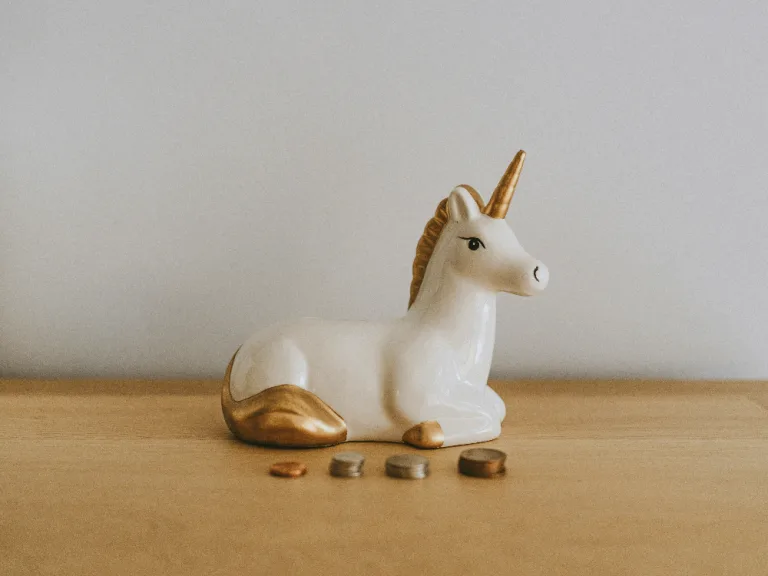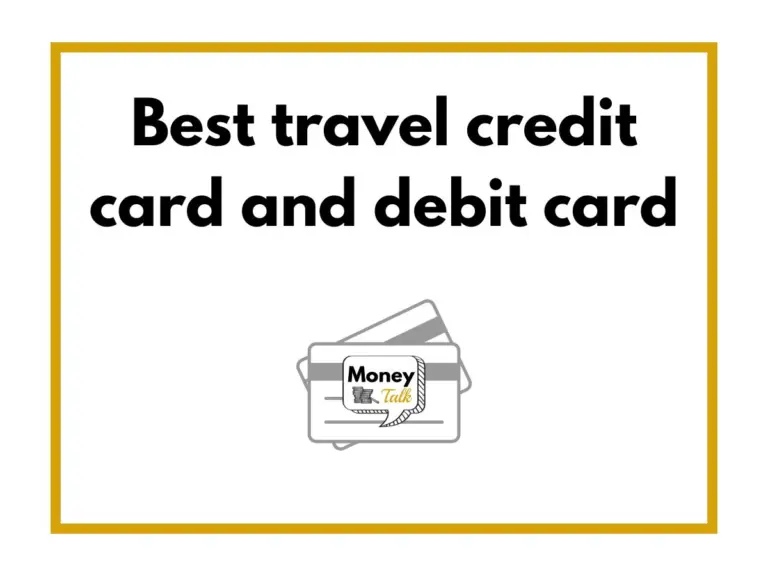Is a reward or cashback credit card better?
Money Talk is intended to inform and educate; it's not financial advice. Affiliate links, including from Amazon, are used to help fund the site. If you make a purchase via a link marked with an *, Money Talk might receive a commission at no cost to you. Find out more here.
I’m a big fan of credit cards that reward you for spending.
Personally, I’ve had a cashback credit card since I was at university, but I’ve dabbled in other types of reward credit cards over the years as well.
I use mine to pay for everything that could possibly go on a credit card without penalty, including for a while my rent. And on average, I get something in the region of £60 a year in cashback.
But it works for me because I always spend within my means and I pay the full balance off every month via direct debit.
And that’s the important thing to remember: you should always use credit cards responsibly.
Even though using a credit card is virtually frictionless, it is a form of borrowing.
So if you miss a payment because you’ve overstretched yourself, the interest payments you would have to meet would far outweigh any benefits you might gain from a credit card.
Assuming you know and understand all of that, and you think a credit card offering rewards is a good option for you, let’s dive into the nuances between a reward credit card and a cashback credit card.
Reward credit card and cashback credit card: what’s the difference anyway?
A reward credit card is any credit card that rewards you for spending and in theory cashback credit cards are a subset of that.
But the key difference is that normally, the rewards are in the form of points or miles, which you then have to spend with a specific or a group of retailers or service providers.
An example would be the co-branded credit cards from Amazon* and Virgin Atlantic*.
Cashback credit cards offer the rewards in cash.
This in theory means you can spend that money anywhere, although in practice the money is usually paid out as a credit against your outstanding balance.
The Barclaycard Reward credit card and American Express (Amex) Platinum cashback credit card are both examples of cashback credit cards.
Amex also issues reward credit cards (you earn Amex points that you then have to cash out with one of its partners, like British Airways or Currys PC World), as well as co-branded cards (where you can only spend the points with the branding partner).
Should you get a reward or a cashback credit card?
Before I delve into the pros and cons of reward and cashback credit cards, it’s worth mentioning the benefits that apply to both.
The main benefit is of course that you get rewarded for spending – something not offered by other types of credit cards.
But like all credit cards, both types of cards also benefit from Section 75 protection.
If used responsibly, they can help you build up your credit score as well, which can be useful if you’re applying for a mortgage or other types of credit.
And of course, as you get up to 56 days of interest free credit, it can be a good way to manage your spending.
Although if you’re using a credit card to cover you from one payday to the next, you should consider looking at your spending before you enter a debt spiral.
And it’s also worth bearing in mind that credit cards are not accepted everywhere, and in some cases you have to pay an additional fee to use a credit card instead of a debit card, which can make any rewards redundant.
Reward credit cards: the pros and cons
The monetary value of reward credit cards are generally higher but they’re only worth it if you’ll actually use the rewards.
This can be problematic if you are tied to one reward partner, like an airline or a retailer in the case of a co-branded credit card, but less so if you can transfer your reward to multiple partners.
But even in the case of the latter, your options are often restricted to well known brands that might not have the cheapest or best products.
Many reward cards also offer additional perks, like free airport lounge access and travel insurance, which might be worth considering as these generally aren’t predicated on a minimum spend.
One major drawback of reward credit cards is that they gamify your spending, which can in turn cause you to spend more than you intended to.
This is particularly true in the case of airline co-branded credit cards, where better rewards, status upgrades and bonuses are all in reach if you spend over a certain threshold.
And unlike one-off introductory offers where you get a bump in reward for spending say £3,000 in the first three months of opening the card, which you can time with a pre-planned big purchase like new furniture, the spending thresholds for reward credit cards need to be maintained every year and are generally upwards of £10,000 a year.
So if your annual credit card spend is generally less than this, or if you won’t benefit from the rewards, you might actually be better off going for a cashback credit card with a lower monetary reward that won’t tempt you into spending more than you can afford.
Cashback credit cards: the pros and cons
Cashback credit cards reward you with a percentage of your expenditure credited to your account, so it effectively works as an ongoing discount.
Because of that, you’re much less likely to spend above your means to unlock additional rewards.
The most generous cards can offer rewards of up to 1% but you’re much more likely to find cards offering 0.25% cashback.
Most don’t offer additional perks or rewards on top of this, although a handful of credit cards are now starting to offer additional cashback or discounts at selected retailers.
The reality is, the overall monetary value of the benefits from cashback credit cards is generally not as good as reward credit cards.
But because you’re not tied to a single or a set of reward partners, it’s much more suitable for a wider demographic – and this is one of the reasons why I prefer cashback credit cards over reward ones.
Is it ever worth paying for a reward or cashback credit card?
Some credit card providers offer two different tiers of cards – one free and one fee-paying one.
For the free credit cards, you generally have fewer perks and the rewards are lower or require bigger spends.
Fee-paying credit cards can be expensive, but you’ll get better rewards, especially if you’re a big spender.
In terms of whether it’s worth getting a fee-paying credit card, it all depends on how much you spend.
If you spend well above the threshold required to unlock additional rewards, your rewards can offset the fees.
If you are on the borders, it’s actually best to go with the free option.
Again, this is down to how likely you are to be tempted into spending above your means just to get the extra reward.
Once you crunch the numbers, you might also find that the reward value is quite similar between free and fee-paying cards for smaller spends.
Pin this for later






